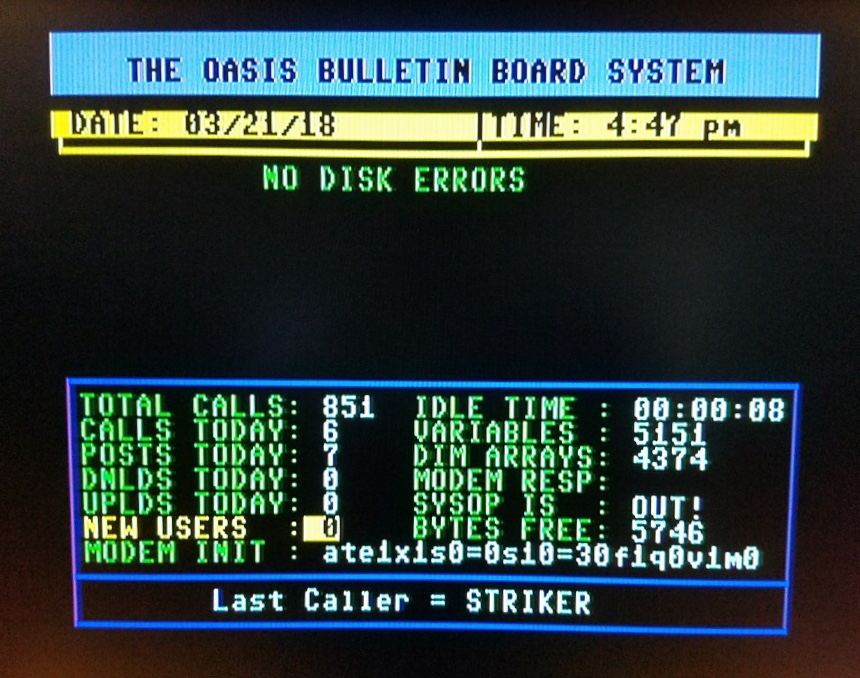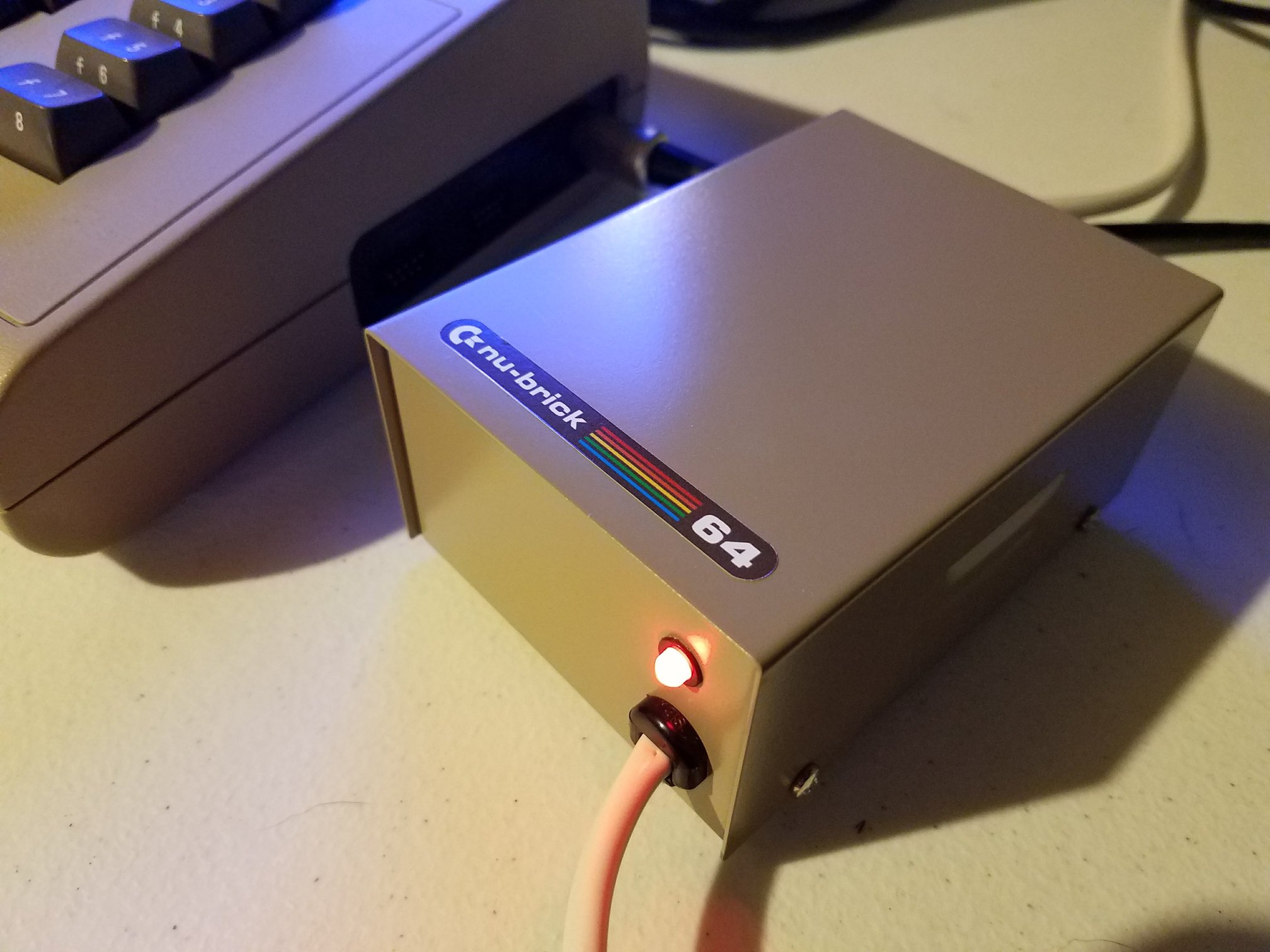The 8-Bit Wall of Doom returns with a deep look at the SIDlab Foenix Sound Playground, a new software tool that brings Commodore’s legendary SID chip to life on the Foenix F256 computer line. In this latest video, the host walks through his creation, explaining how it turns real hardware into an experimental sound studio for anyone eager to explore the textures of vintage synthesis.
The SIDlab Foenix Sound Playground works with physical SID chips, FPGA SIDs, and modern replacements like the ARM SID and SwinSID. Whether running on an F256 Jr with add-on MIDI hardware or the F256K2 with built-in SID support, the software lets users experiment freely with filters, envelopes, and oscillators. Written in 6502 assembly language, it feels right at home in the retro scene and may even be ported to the Commodore 64 and 128 in the future.
Inside the demo, the host explains each feature in action, starting with the familiar three-voice structure of the SID. With keyboard commands, users can switch between waveforms, enable filters, tweak cutoff frequencies, and shape envelopes in real time. The interface also includes advanced controls for low-frequency oscillators (LFOs), letting players modulate parameters like pulse width or filter cutoff. The visual feedback and interactive design make sound shaping surprisingly intuitive on an 8-bit system.
The video highlights clever tricks like using LFOs to simulate missing filter envelopes or stacking multiple voices in sync for thicker tones. Each experiment reveals new combinations of classic SID textures, from deep basslines to buzzing, sync-driven leads. The host also demonstrates a random modulation mode using the Foenix’s built-in random number generator, creating evolving filter movements reminiscent of vintage analog synths.
One of the most engaging parts is when the SIDlab Foenix Sound Playground enters performance mode. Here, all three SID voices play together in stacked or interval modes, producing lush harmonics and dissonant effects. The host then moves to the sequencer, triggering patterns inspired by Pink Floyd’s “On the Run.” As the sequence loops, he manipulates filters and LFOs live, showing how SIDlab can perform both musical sequences and experimental soundscapes.
The tool even interacts with the Foenix’s Dream chip to add General MIDI percussion and reverb, turning the machine into a full hybrid synth setup. The integration between digital SID voices and hardware effects gives the Foenix an unexpected depth, blending 1980s sound design with modern flexibility.
The video closes with a nod to future updates, teasing additional paraphonic modes and split-keyboard support. For anyone interested in vintage synthesis or retro hardware tinkering, this project stands as a fascinating look at what’s possible when classic chips meet new hardware.







